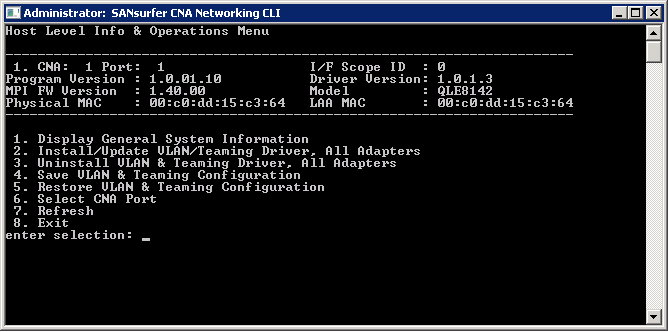Exchange 2010 : Troubleshooting Inter-Exchange Organistaion Mailflow
We recently got caught out by the introduction of an Exchange Server to a relatively new AD site. Prior to the deployment of the server the AD DS site was not an Exchange Site.
After a few hours we started to get calls regarding mail stuck in a queue with the nexthop set as the AD DS site where the new Exchange Server had been deployed. We confirmed this using the Exchange Shell command: get-queue
So we knew that the new Exchange AD DS Site was the root cuase, but why? Next port of call was the Exchange Routing Log Viewer, available from the Exchange Management Console, under Toolbox.
First things first you’ll need to edit the file. From the File menu select ‘Open log file…’ Enter a HT server name then click ‘Browse server files.” Right-click the filw you wish to open and select ‘Open with…’ then select ‘Notepad.’ Now remove all of the lines that read ‘<SourceOrTargetServers />‘ – if you do not complete this step you wont be able to view the log files.
Now open the file in the Routing Log Viewer, expand Active Directory Sites and then a site where delivery of mail to has been affected. You should be able to verify the a) next hop and b) cost of delivery.
You can also compare logs using ‘File’ > ‘Compare log file…’ (remember to edit the file as before). This outlined the changes in routing caused by the site – changes we were unaware would be triggered by deployment of Exchange.
The next step was to acertain where the AD DS site link cost was coming from, there was a IP site link that we were unaware existed. It turned out to be the DefaultIPSiteLink contained this site and another key site – thus skewing the Exchange Routing Table once Exchange had been deployed to this site. This left us three options:
- Remove the new Exchange Site from the DefaultIPSiteLink
- Assign an Exchange Site Link cost to this site link (using set-adsitelink)
- Increase the cost of the DefaultIPSiteLink in AD DS
We went with option 1, the problem then cleared up within a few minutes; moral of the story – when deploying Exchange into an Active Directory site where it has not previously been installed check any and all site links where the AD DS site is defined as a member.















